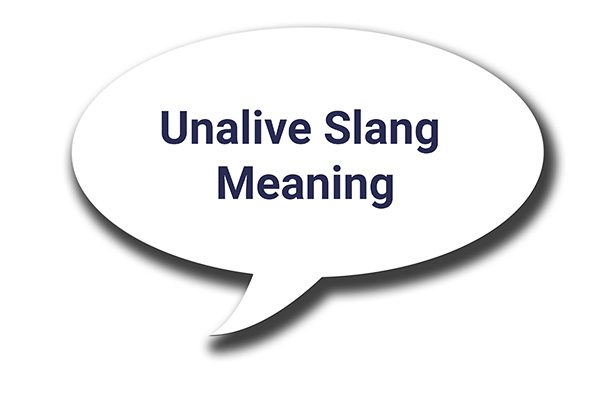
In the modern world of internet communication, new words and phrases are popping up every day, each with its unique connotation. Among them, ‘unalive’ is a term that has parents, especially, seeking clarity. Not surprisingly, this slang term does not convey as fun or amusing a concept as many other internet buzzwords do. ‘Unalive,’ in teen slang, typically represents a person’s expression regarding thoughts of suicide.
Spotting the Hidden Messages
Using this seemingly innocuous term allows users to circumvent social media algorithms designed to flag and censor conversations revolving around suicide, self-harm, or related mental health topics. As grim as it sounds, it's something parents should be aware of, especially when monitoring their child's online behavior.
How to Have Conversations About Slang
- “What’s a new word you and your friends are into right now?”
This is an excellent way to casually broach the topic of trending internet phrases and their meanings, without directly probing into your child’s private conversations.
- “When I was your age, people would say something was ‘all that and a bag of chips’ if it was awesome. What’s your favorite word to describe something as cool?”
This question not only initiates a conversation about the evolving language of the internet but also allows you to share snippets of your own past and connect with them at a deeper level.
- “I know emojis can mean something different to kids than they do to parents. Are there any emojis I use that you think I should stop using?”
Emojis, like words, can carry hidden meanings in different contexts. This question encourages the understanding of nuances in online communication.
- “If you could describe yourself using just one emoji, which one would you pick?”
This fun, introspective question can serve as an opening to discuss deeper topics such as self-perception and identity. These conversations are essential for promoting digital literacy and responsible use of the internet. Understanding these underlying meanings gives parents an opportunity to address any hidden distress that their child might be expressing online, potentially providing a lifeline to those who might otherwise ‘not live to tell the tale.’